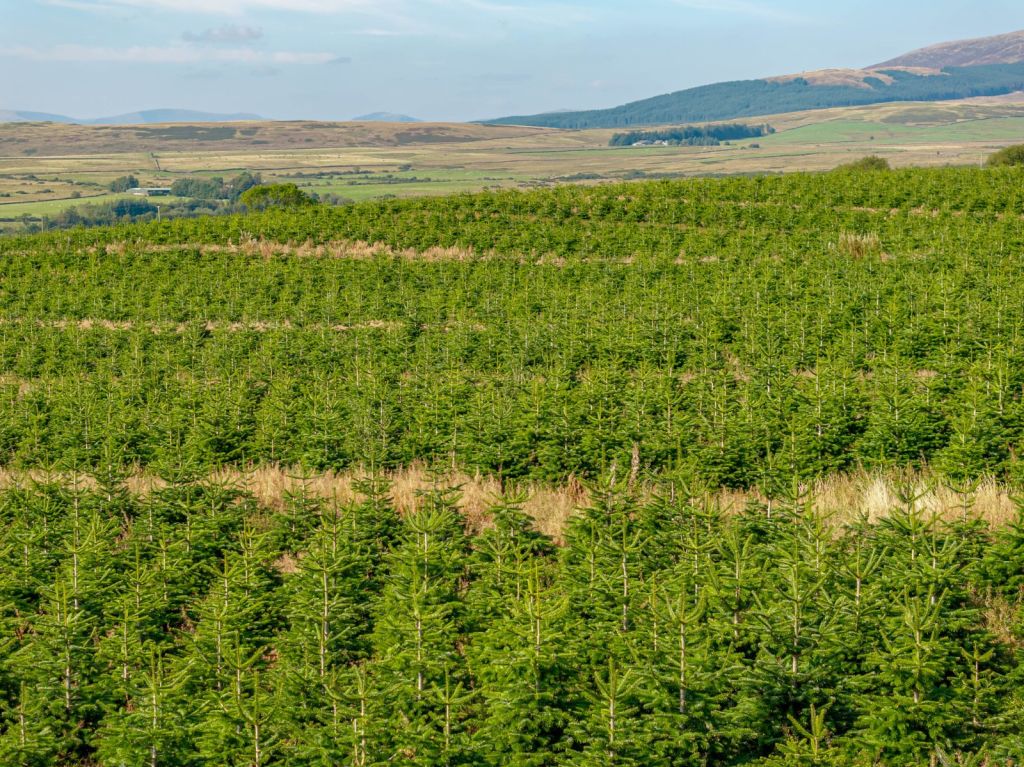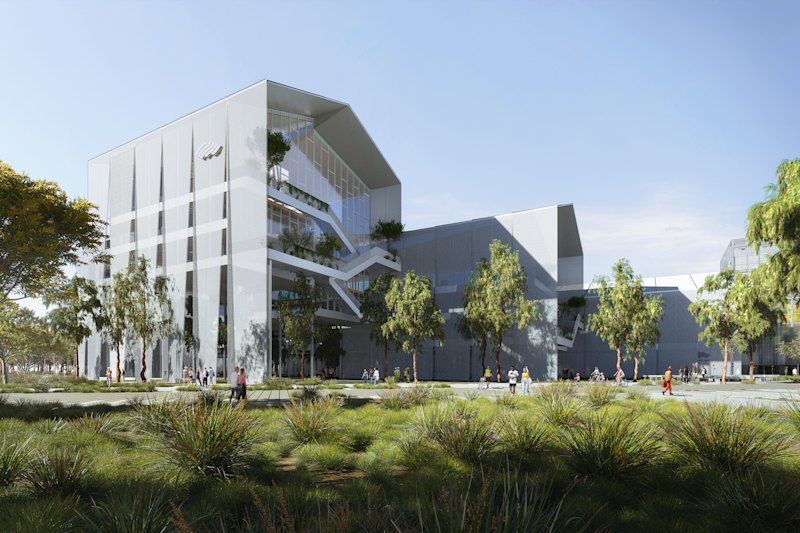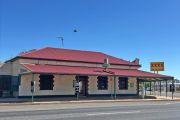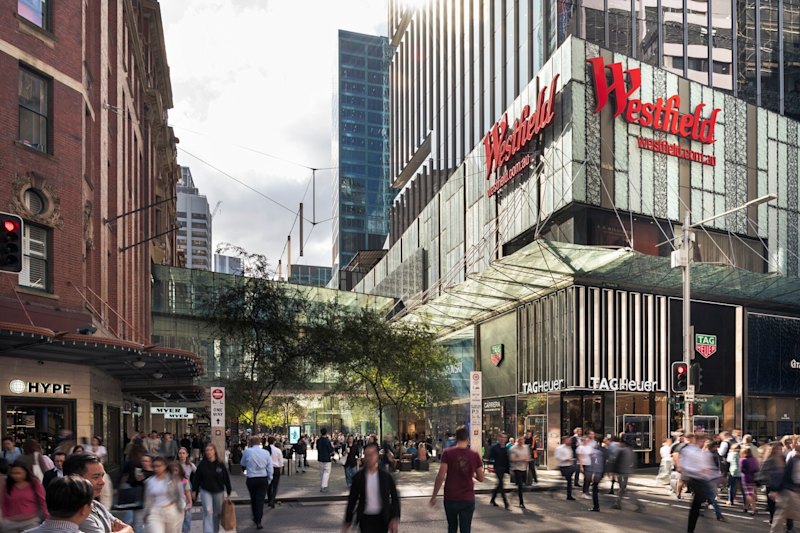
Farmland buyers are back after sales slump
Confidence is returning to the farmland sector with buyers “rushing to get deals done before Christmas” – according to one of the country’s top rural agents – after sales volumes fell to a record low in the first half of 2024 and values flat-lined.
Having peaked in 2021 amid a boom in commodity prices and low interest rates, the number of farmland transactions fell 18.7 per cent to a record low of 2966 between January and June, according to Rural Bank’s latest Australian Farmland Values Report.
At the same time, the median price of farmland fell 0.1 per cent to $10,141 per hectare as weaker crop prices, dry conditions in parts of Victoria, Western Australia, South Australia and Tasmania and higher interest rates reduced buyer appetite and slowed down sales.
Danny Thomas, senior director at agency LAWD, said the Bureau of Meteorology’s forecast of an El Nino dry period in October last year led to a collapse of sheep and cattle prices and put a “real dent in confidence as it relates to real estate transactions”.
“And so from the fourth quarter of 2023 and into the first half of 2024 things have been quite difficult. So deals are taking longer, there have been less buyers in the market,” he said.
This lack of confidence combined with higher interest rates meant the market went from “extraordinary highs to extraordinary lows in terms of buyer demand”, Mr Thomas said.
This, he said, had resulted in a stalemate between vendors and purchasers in the sub-$50 million price bracket until about the middle of the year.
“What we are seeing now is that people have got their heads around the cost of money, banks are open for business and running into Christmas everyone is looking to get deals done,” Mr Thomas said.
In particular, he said confidence was returning to the red meat sector – cattle and sheep – with grain crops less impacted by market conditions and cotton “marching on and on and going very well”.
According to the Rural Bank Report, the standout market over the first half of 2024 was Tasmania, which recorded a 16.5 per cent surge in median farmland prices to $23,022 per hectare (when compared with the second half of 2023). Tasmania is also the most expensive state or territory to purchase farmland anywhere in the country.
It’s north-west region – known for excellent soils and mild weather sought after for dairy and beef farming as well as horticulture – is the most expensive region in the country with a median price of almost $29,000 per hectare, just ahead of Victoria’s South and West Gippsland ($28,000) and South Australia’s Adelaide and Fleurieu regions ($21,000).
The sharpest falls in median prices over the first half of 2024 compared with the second half of 2023 occurred in WA (-12.1 per cent), SA (-11 per cent) and Victoria (-6.7) per cent. Median farmland prices rose 5.6 per cent in NSW and Queensland over the same period.
“Victorian values have plateaued over the past 18 months, with the first half of 2024 registering a half-on-half decline,” said Neil Burgess, Rural Bank senior manager of industry affairs.
“Western Australia and South Australia both battled dry conditions in the first half of 2024 which likely translated into median prices falling from the record highs seen in the second half of 2023. However, both these states saw continued growth on a year-on-year basis”.
Mr Burgess noted that Queensland, particularly in the Central Highlands (up 40 per cent) and south-east (up 22 per cent) and the North Coast regions of NSW (up 6 per cent) saw a “continuation of strong growth trends due to more favourable seasonal conditions supporting buying intentions”.
Weakest performing markets over the first half of 2024 included the NSW far west – down 56 per cent – and south Tasmania, where median prices fell 52 per cent.
“The recovery of livestock prices after a disastrous 2023 and an easing in crop prices helps explain the variety in the median price movements we have seen around the country. In general terms, the traditional drivers of farmland values have led to a more subdued buyer appetite”, Mr Burgess said.
“These factors are set to keep farmland values in a holding pattern for the second half of 2024. However, the longer-term outlook appears optimistic as demand may again strengthen if current rainfall forecasts provide a good finish to 2024 and interest rate cuts begin in early-2025.”











